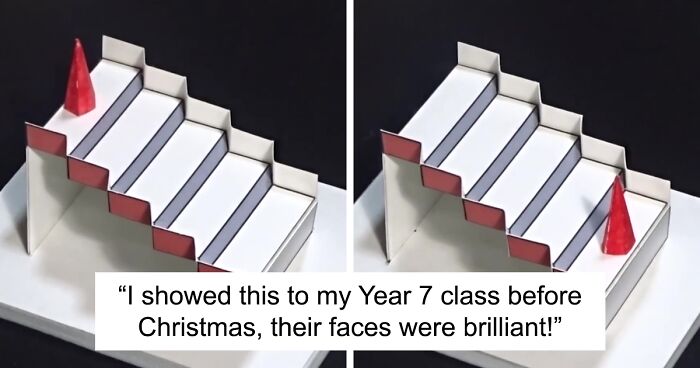
Brain-Bending 3D Schröder Staircase Optical Illusion Won Best Illusion of The Year 2020 Contest
InterviewOptical illusions—whether performed by an illusionist where sleight of hand is a key role, or done by people who understand optics, camera positioning, colors, and how it all works together—are oddly satisfying to watch.
Incidentally, there’s a whole competition dedicated to the latter type of illusions, very appropriately called the Best Illusion Of The Year Contest. And not so incidentally, they have recently announced the winners of the year 2020, with the winning illusions blowing people’s minds on the internet.
Heard of Schröder’s stairs? No, not the one with the cat—it’s the one that’s an optical illusion
Image credits: Kokichi Sugihara / Best Illusion of the Year Contest
So, Illusion Of The Year Contest is an annual competition hosted by the Neural Correlate Society that aims to celebrate illusions and perceptions that were created by means of ingenuity. Besides the entertaining optical wizardry, it also adds to the study of illusions to better understand sensory perception and many ophthalmic and neurological diseases.
This year’s winners were recently announced, with this 3D representation of Schröder’s stairs winning the grand prize. Originally existing on a 2D plane, Schröder’s stairs is a famous optical illusion by German natural scientist Heinrich G. F. Schröder that, when flipped, looks completely the same.
Well, the famous 2D illusion, where it looks the same despite flipping it upside down, turned 3D and became the grand winner of the Illusion Of The Year contest
Image credits: Kokichi Sugihara / Best Illusion of the Year Contest
Image credits: Kokichi Sugihara / Best Illusion of the Year Contest
Well, the 3D model used in this illusion was crafted by Kokichi Sugihara of Meiji University, Tokyo, Japan. The description explains that this is one of those images that has two interpretations, whether it’s 2D or 3D, and it remains a staircase seen from above, despite it being rotated 180 degrees on the vertical axis.
Many were blown away by this illusion. Some were keen on immediately sharing it with their family, especially their kids, while others explained how it took them a while for their brain to process the 3D effect in action. A very simple effect, yet very cool, in the minds of many commenters.
Here’s a video detailing the 3D Schröder’s stairs illusion crafted by Kokichi Sugihara of Meiji University
Video credits: Kokichi Sugihara / Best Illusion of the Year Contest
Matt Pritchard from the UK was the runner up with his Coca-Cola can and mirror illusion
Image credits: Matt Pritchard / Best Illusion of the Year Contest
The contest itself is said to consist of three stages: submission, selection of the Top 10 finalists, and election of the Top 3 winners. A panel of judges narrow down all of the submissions to make a top 10 list of the best ones, picking out 3 grand winners who receive cash prizes.
Other winners also include an illusion of a couple of Coca-Cola cans and a fake mirror, and a set of skewed 2.5D grid shapes.
The former is by Matt Pritchard from the United Kingdom. It’s of a mirror frame beside a wall that, when moved, reflects a Coke can. Except there is no mirror, and the frame is see-through—there’s a hole in the wall with an identical Coca-Cola can.
The way the illusion is presented, it looks like mirror reflects the can, but in reality it’s a hole in the “wall” and mirrorless frame
Image credits: Matt Pritchard / Best Illusion of the Year Contest
The wall also collapses in the video, introducing some comic relief
Image credits: Matt Pritchard / Best Illusion of the Year Contest
Here’s a video showing the illusion in action and explaining it
Video credits: Matt Pritchard / Best Illusion of the Year Contest
Third place went to Daniël Maarleveld from the Netherlands who created a set of 2.5D grid shapes
Image credits: Daniël Maarleveld / Best Illusion of the Year Contest
As for #3, it’s by Daniël Maarleveld from the Netherlands, with whom Bored Panda got in touch for an interview, and his video features moving 2.5D shapes that are all provided as a bending grid. The trick here is that some of the ends are bent in ways that make it look like it’s viewed from above and below at the same time, while with others, you can’t discern which way it’s turning.
Daniëlhas been posting letter animations on his Instagram account for a while when he discovered what he calls “illogical logic”: “With every scripted letter animation I made, I found a new principle within this illusion. I later scripted these animations with the help of Jonathan Puckey, co-founder of code platform paper.js.”
All of the shapes twist and bend in ways that your brain doesn’t know how to interpret which end is up
Image credits: Daniël Maarleveld / Best Illusion of the Year Contest
We asked why Daniël why he chose these particular characters for the illusion, and as it turns out, so he elaborated:
“At the moment, I am actually finalizing a script to generate entire animated impossible typefaces so that I could make the whole alphabet. But, the letters I picked showed the different illusions the best. For instance, it shows that the letters bend in an illogical way—that you look at the top of the shape and the bottom at the same time. The only element that I think could be clearer is the fact that the letters switch from hollow to convex halfway. I made an ampersand animation that shows that better, but I choose to show only one type of impossible typefaces to be more consistent.”
Image credits: Daniël Maarleveld / Best Illusion of the Year Contest
Needless to say, making these using scripts is a feat in and of itself as it requires quite a lot of time and patience. Each time Daniël added a new principle to his script, he kept pushing the borders of what is possible. Funny enough, though, when he was putting together the video for the competition, it was a challenge to keep it concise about what’s so illogical about these characters.
Image credits: Daniël Maarleveld / Best Illusion of the Year Contest
Lastly, we’ve also asked what he thought of this year’s winner of the Illusion of the Year contest, and he had this to say:
“I didn’t know Kokichi Sugihara’s work at first, but I love it. He has been inventing optical illusions before I was born and has now made a ninth generation of his illusions. I already think it is a great honor that I am in the top 3 with him. Sugihara made a couple of illusions where the back reflection of the shape looks different than the front of the shape, the Schröder’s stairs are very interesting because the shape of the front and back appears to be the same.”
Here’s a full video visualization of the grid illusions
Video credits: Daniël Maarleveld / Best Illusion of the Year Contest
Be sure to check out Daniël’s website and Instagram for more illusion goodness!
Scholars from the University of California also submitted their trippy flashing ladybug illusion
Image credits: Mark Wexler, Patrick Cavanagh, and Stuart Anstis / Best Illusion of the Year Contest
Among the top 10, there was also an entry by Mark Wexler, Patrick Cavanagh, and Stuart Anstis. In the illusion, a couple of bugs flash in opposite corners of a moving leafy frame. However, when the frame is removed, it looks like the flashing ladybugs are aligned in one line.
The bugs are also presented in a “circular” pattern where, depending on how the frame moves, it looks like the ladybugs are doing circles, where in reality, it’s flashing in different positions in a single line, making for a very trippy illusion.
Though the bug looks like it’s flashing in specific corners of a moving frame, it’s actually all aligned in one place
Image credits: Mark Wexler, Patrick Cavanagh, and Stuart Anstis / Best Illusion of the Year Contest
Here’s a video showcasing the landloping ladybug frame induced position shift illusion
Video credits: Mark Wexler, Patrick Cavanagh, and Stuart Anstis / Best Illusion of the Year Contest
And then there was this illusion where the image on the left looks like it has “sun rays” that are actually imposed in the right image for reference
Image credits: Michael Karlovich and Pascal Wallisch / Best Illusion of the Year Contest
Lastly, there was the sun ray illusion by Michael Karlovich and Pascal Wallisch. Intersecting ring-like shapes are shown where most people see faint rays coming from the center, as if coming through the clouds—but this shimmer is illusory and they’re not actually there.
The perception is stronger if there are more intersections and the shapes are better aligned, which forces the brain to connect the dots. The illusion is an example of how our brains interpret information in a way that is most plausible, like likening it to an actual sun with rays.
Because of the way the rings are intersecting, they form an illusion of rays coming from the center
Image credits: Michael Karlovich and Pascal Wallisch / Best Illusion of the Year Contest
Here’s the illusion in action
Video credits: Michael Karlovich and Pascal Wallisch / Best Illusion of the Year Contest
What are your thoughts on this? What are some of your favorite illusions? Let us know in the comment section below!
237Kviews
Share on Facebook
 Dark Mode
Dark Mode 

 No fees, cancel anytime
No fees, cancel anytime 



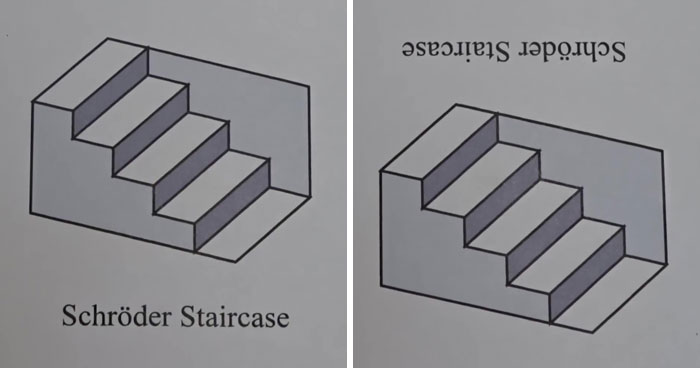
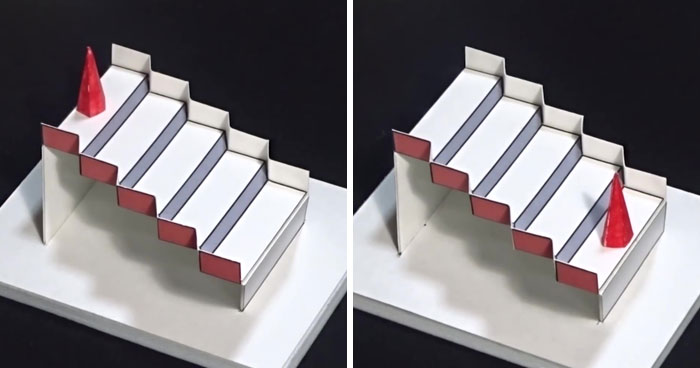
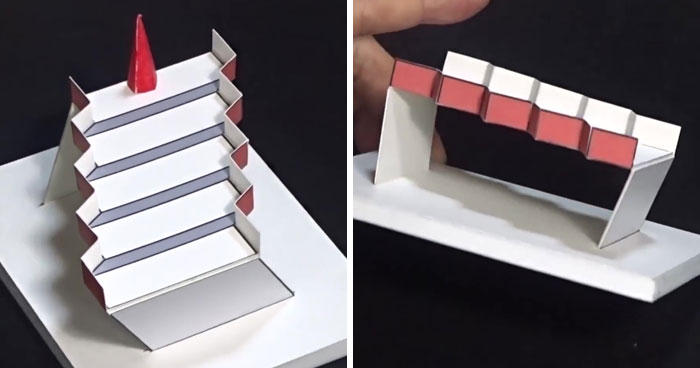
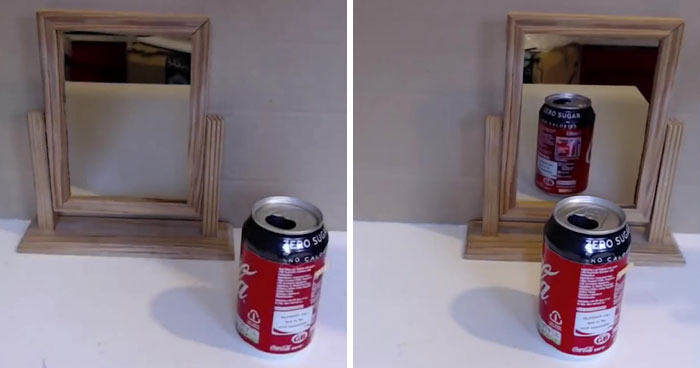
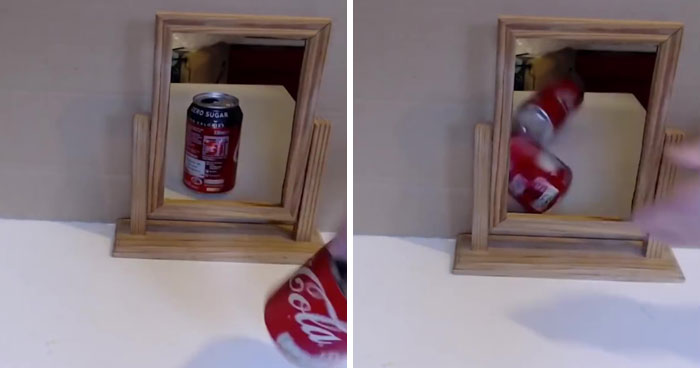
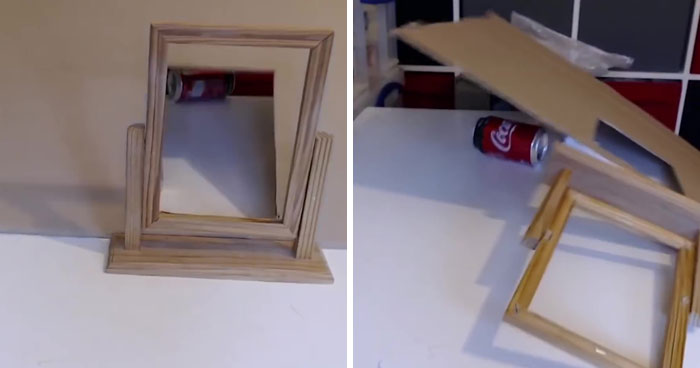
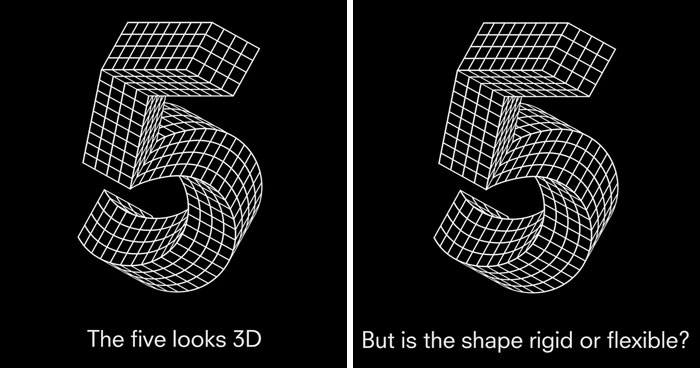
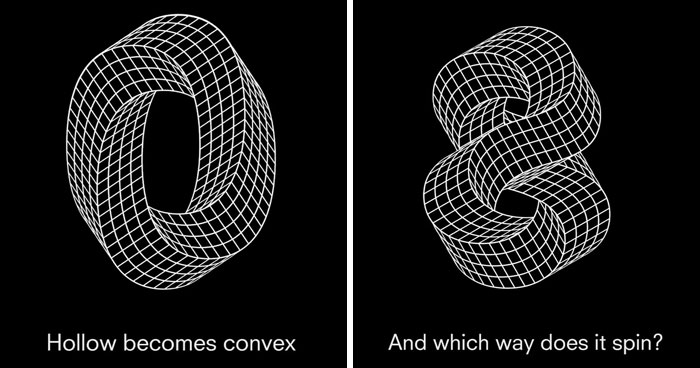
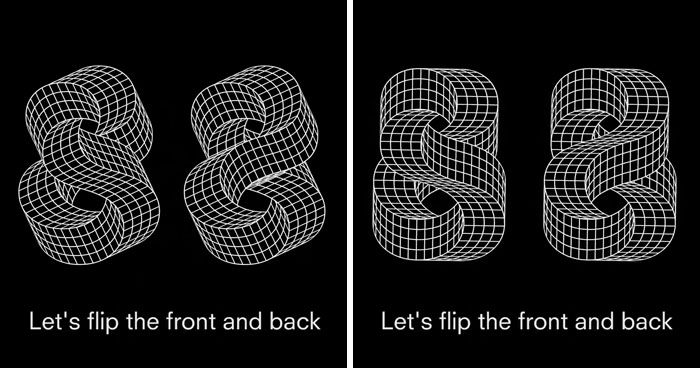
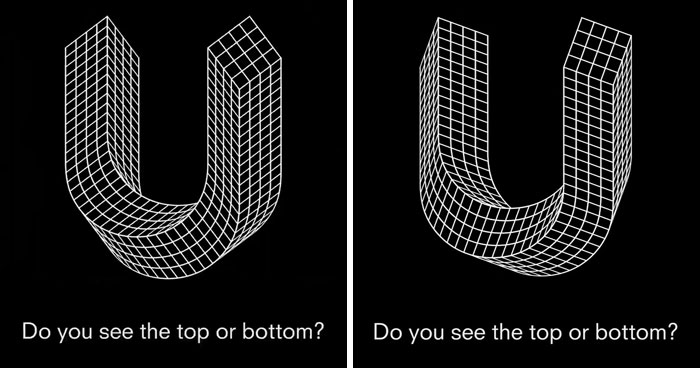
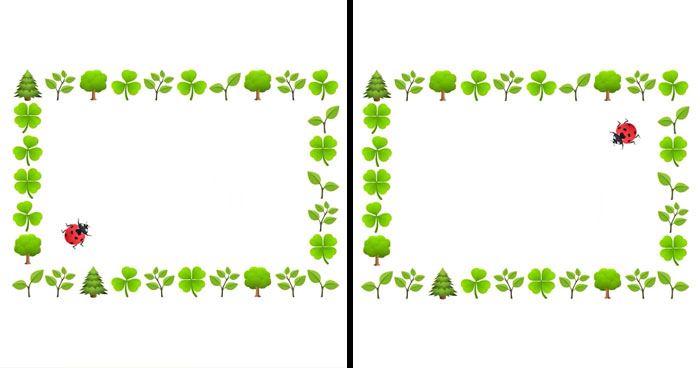
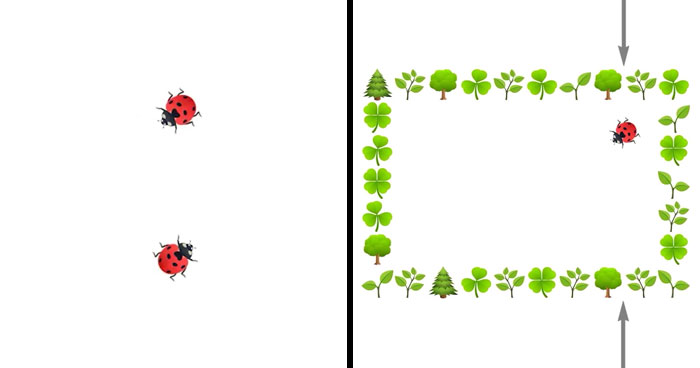
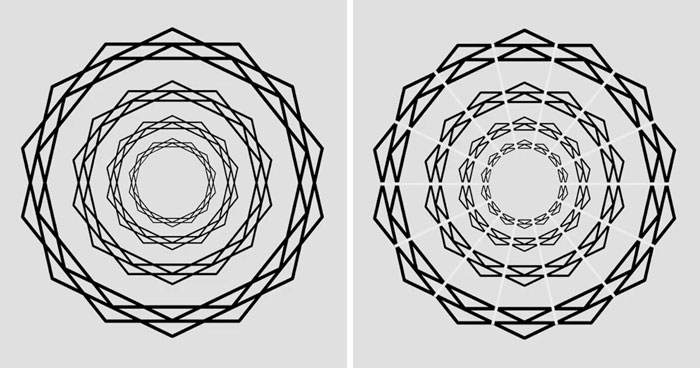
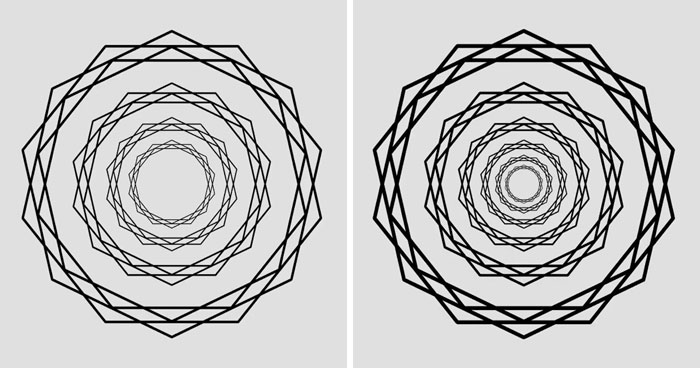






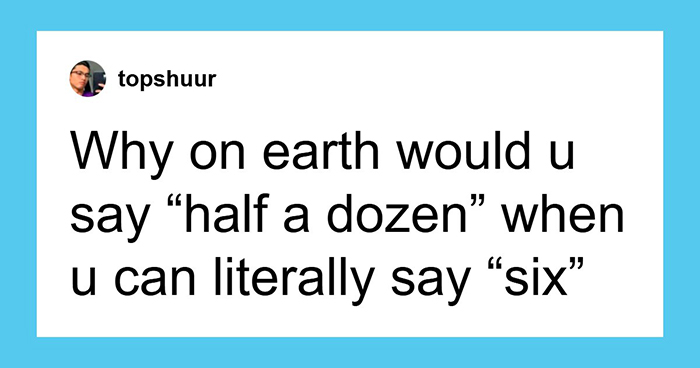

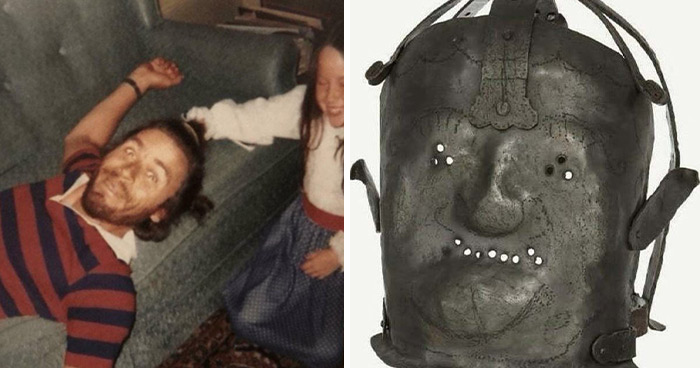


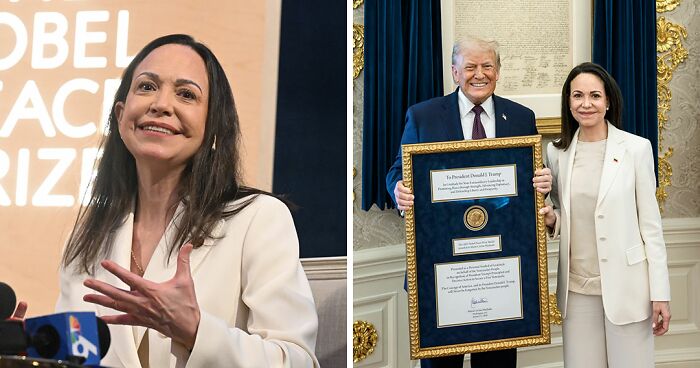

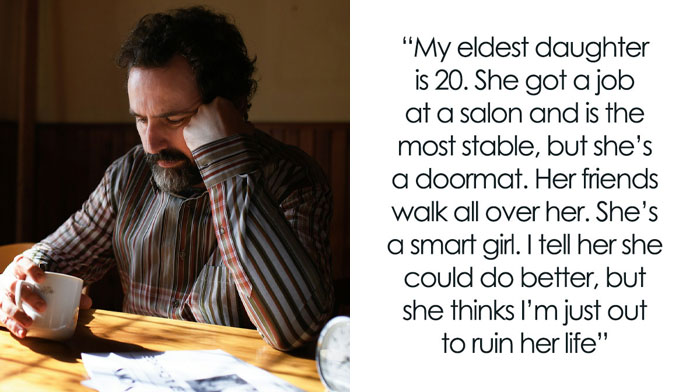
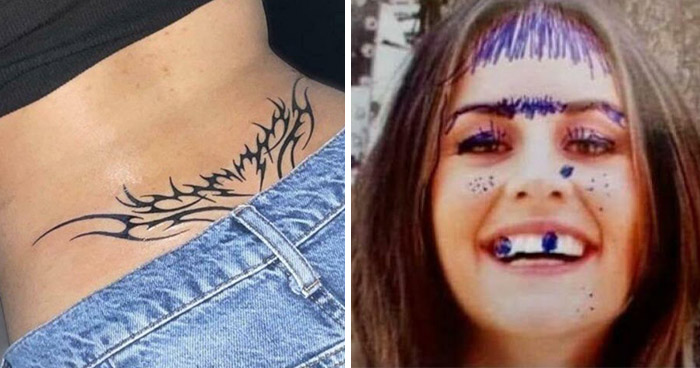
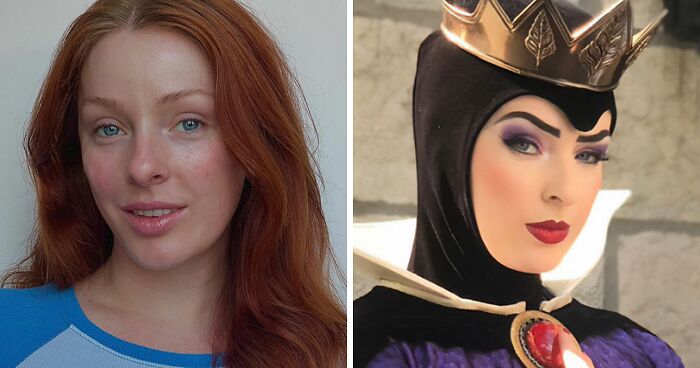
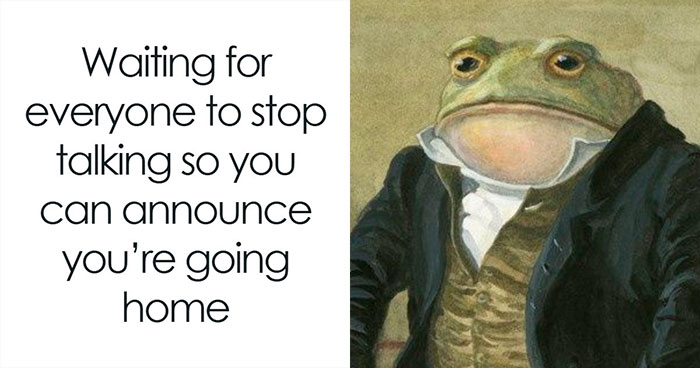
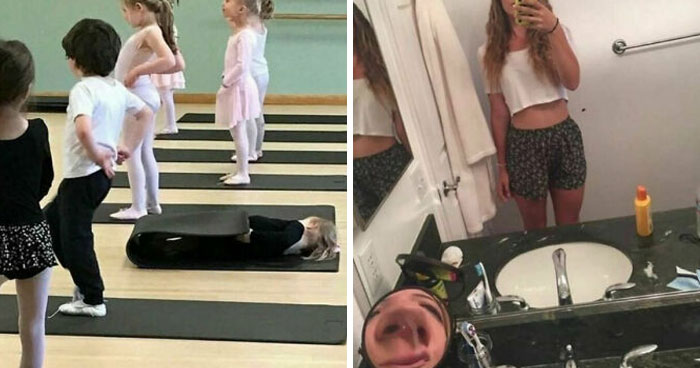

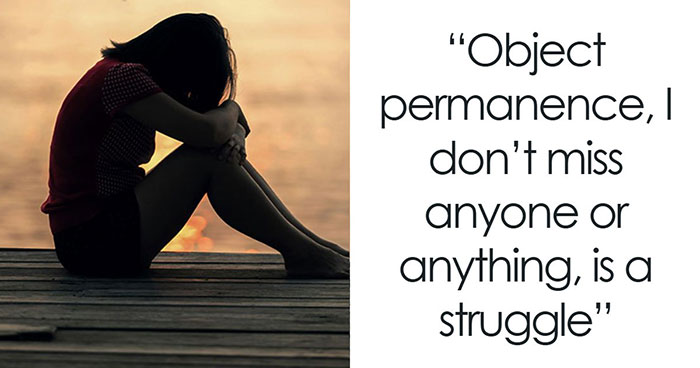
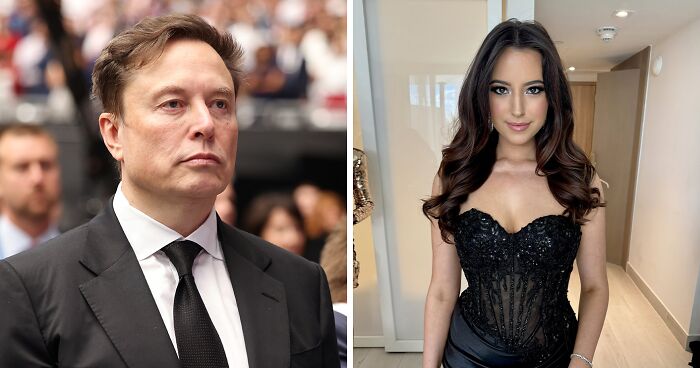
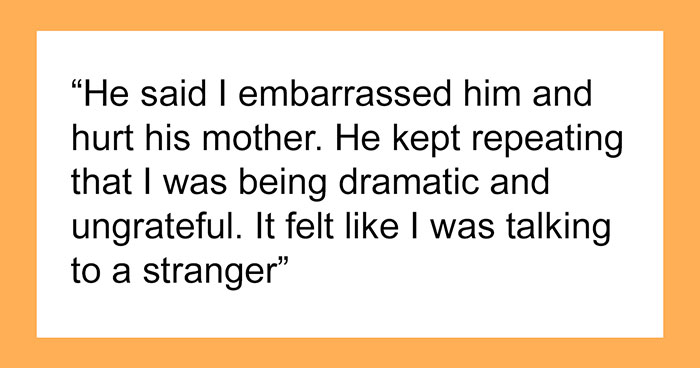


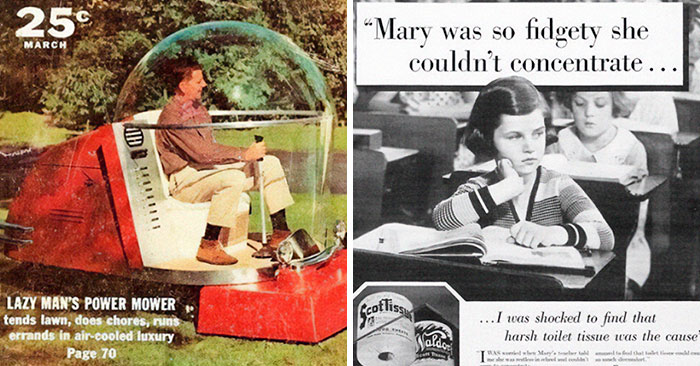
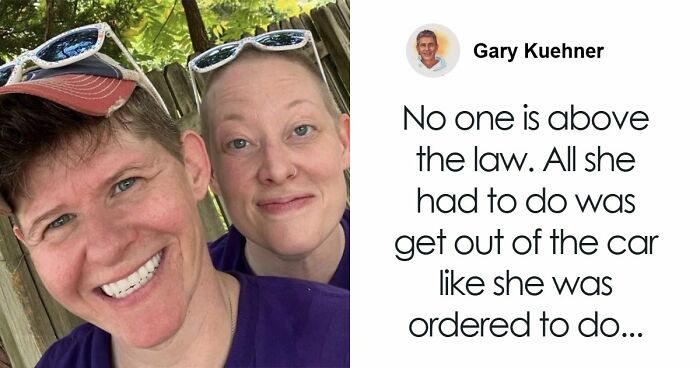

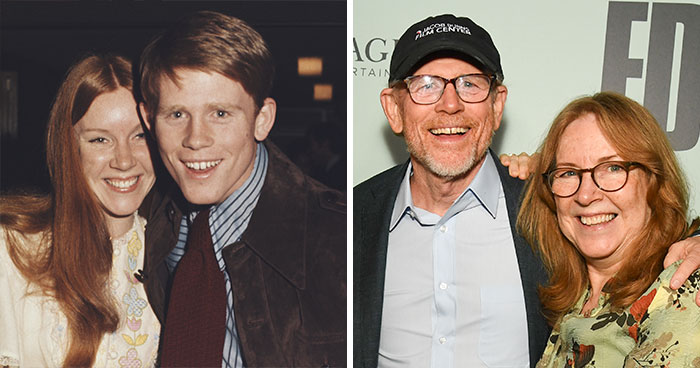
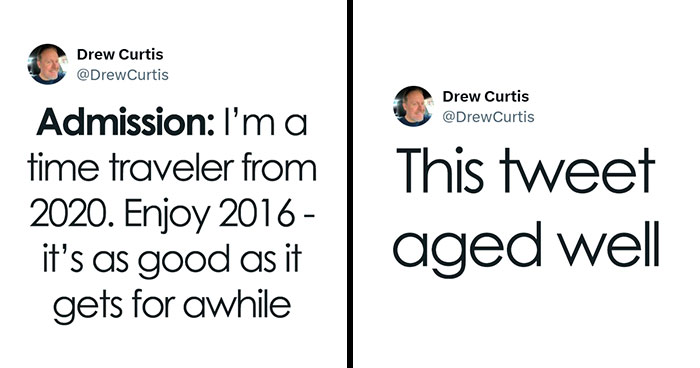
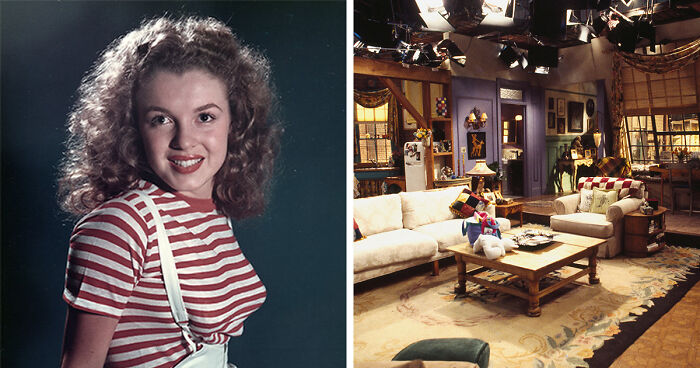

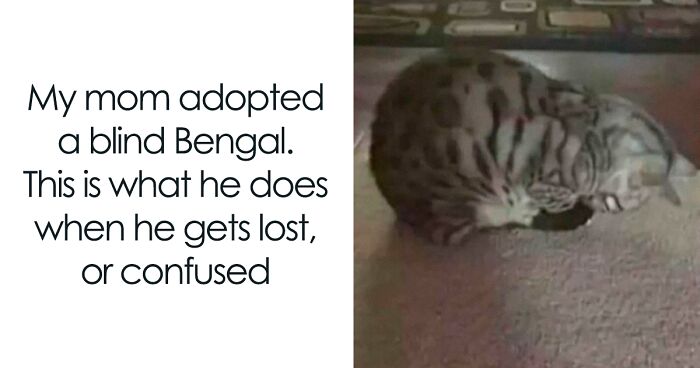

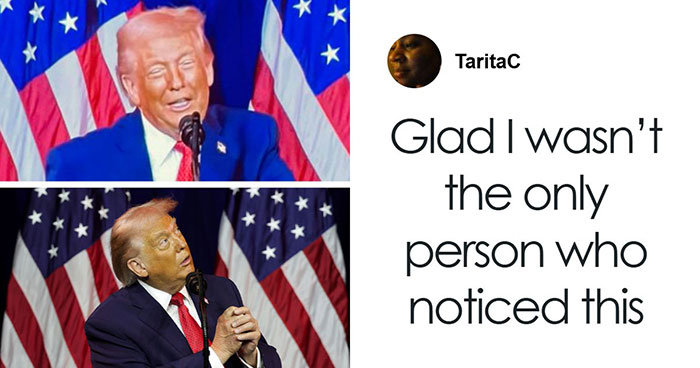



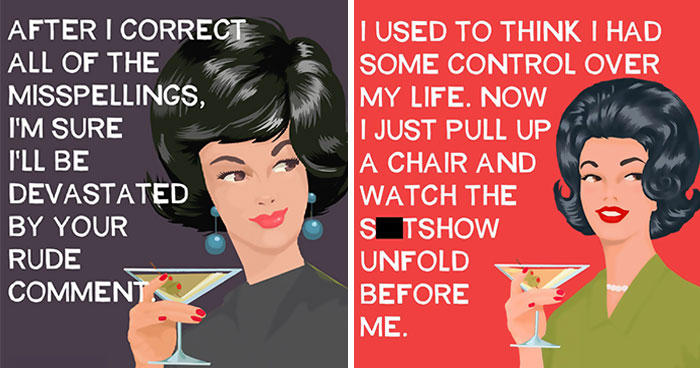

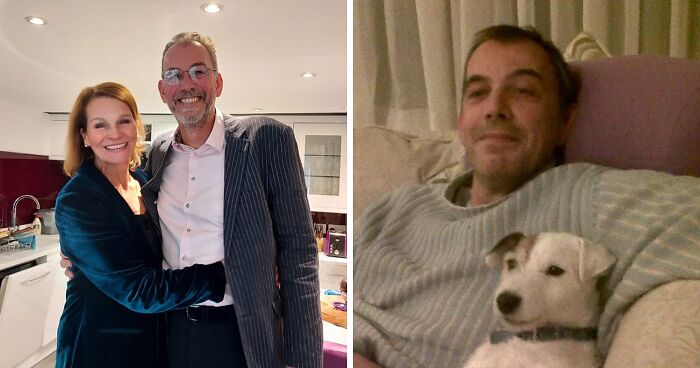
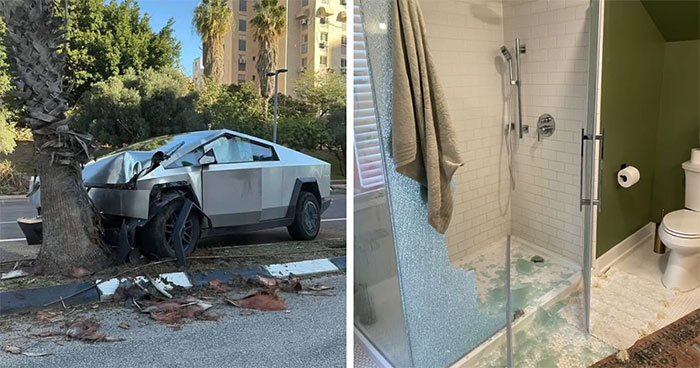

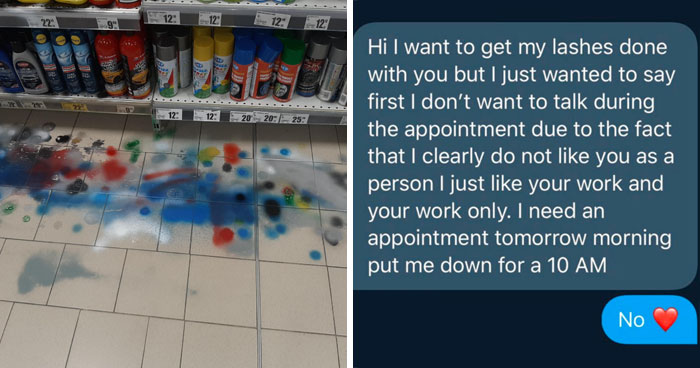
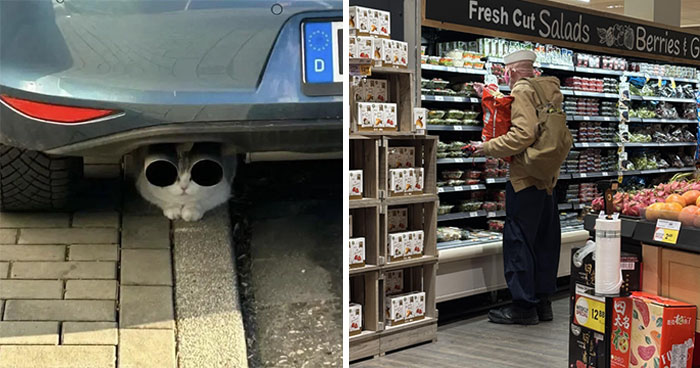
174
14